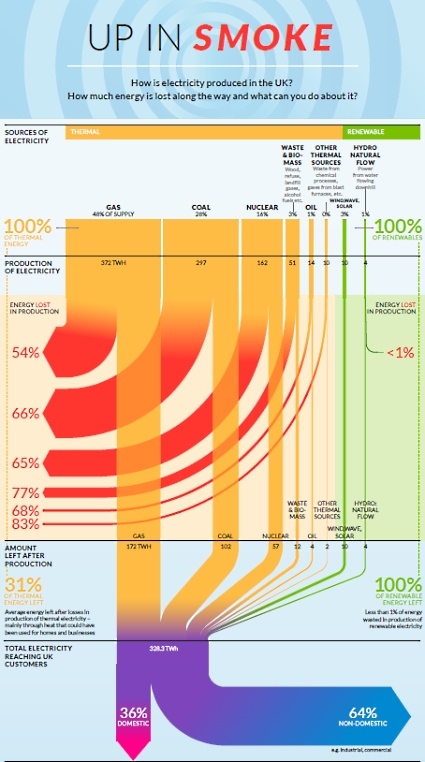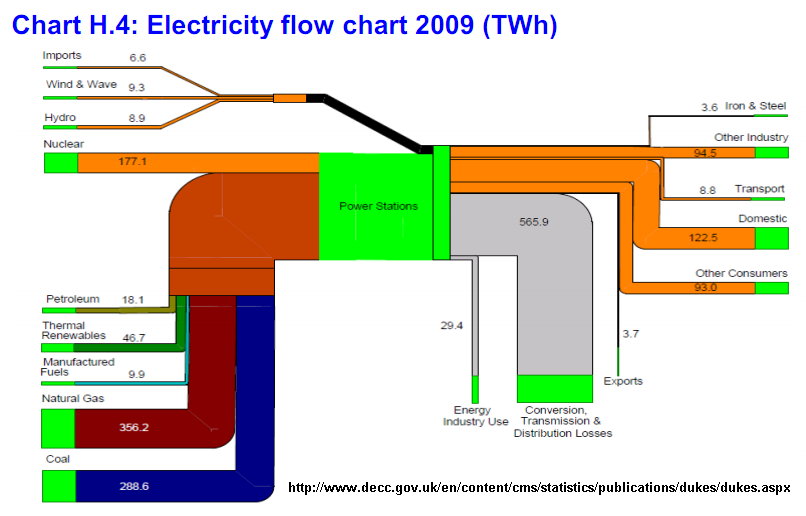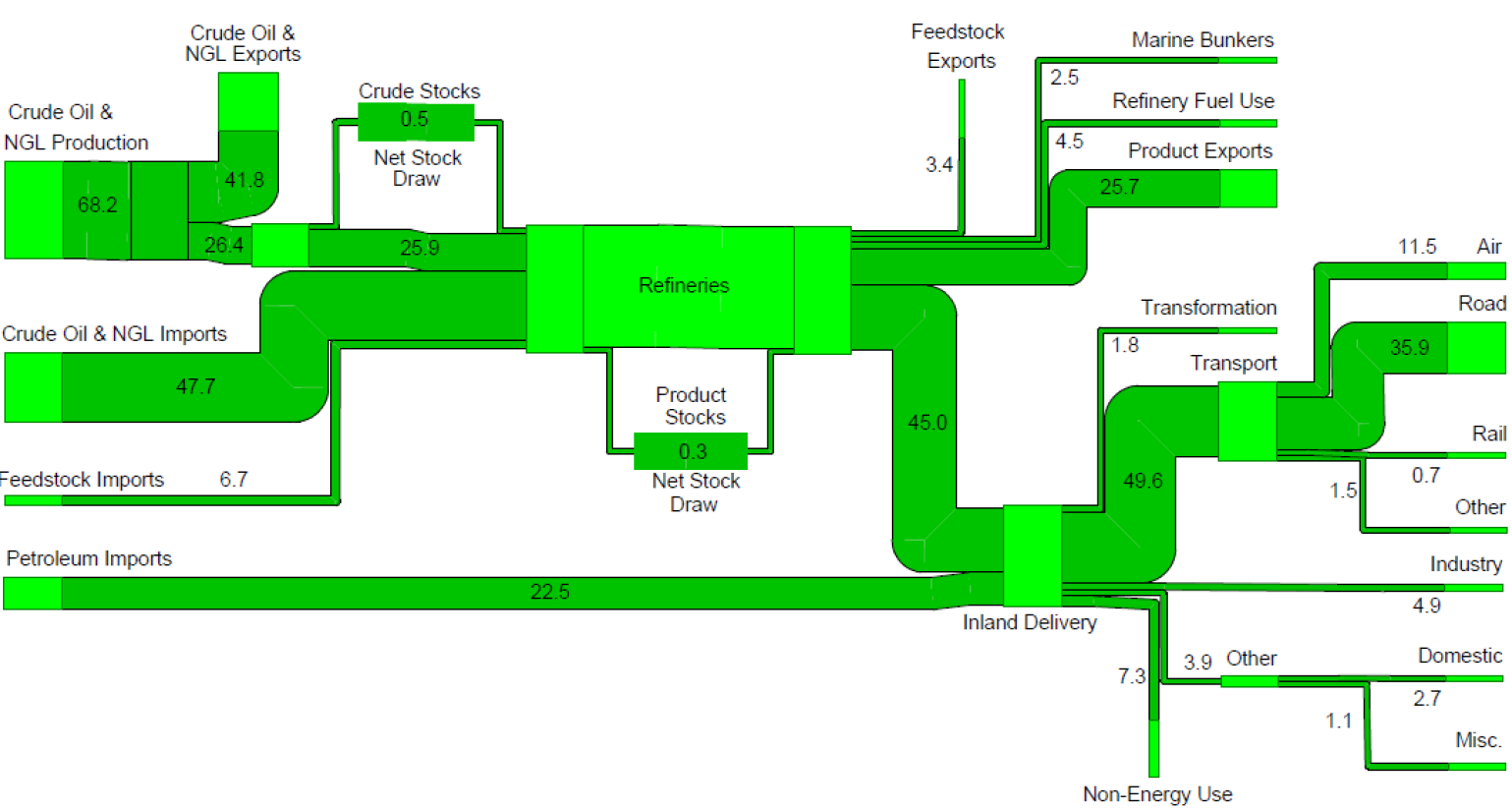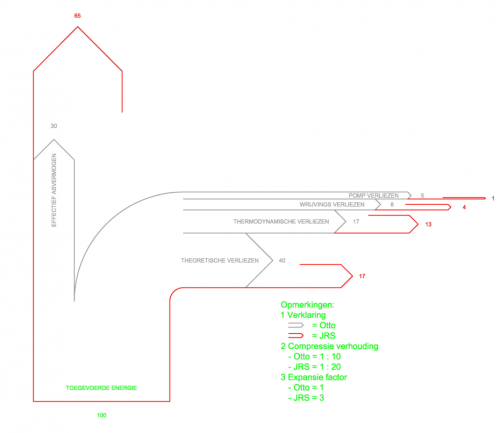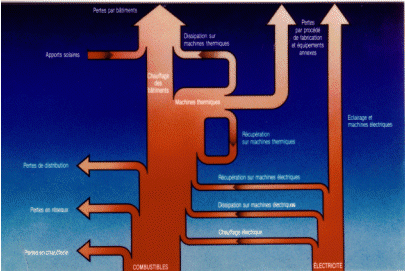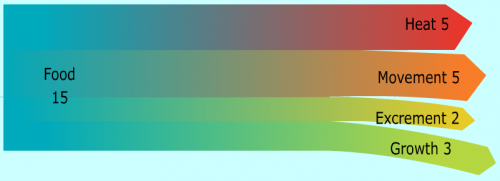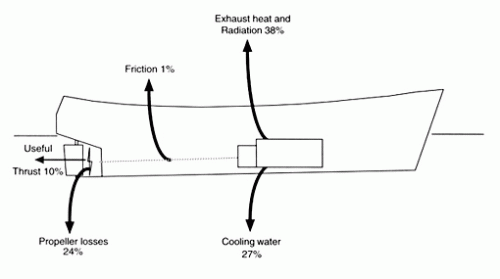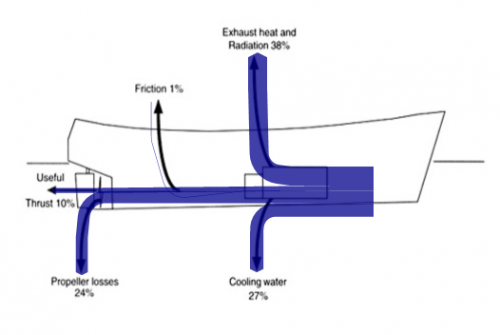Friends of Earth have published this Sankey diagram produced by ‘Information is Beautiful’ on their webpage on July 6. It shows how energy is wasted in the United Kingdom. It shows that “huge amounts of energy are wasted every day in our gas, coal and nuclear power stations” and, in fact, “over half of the energy in gas and around two thirds of the energy in nuclear and coal used to produce electricity is lost as waste heat.”
The diagram is based on data from Department of Energy and Climate Change, DUKES 2011 and Energy Saving Trust 2012. Absolute figures are given for the different sources at the top in the diagram, and for the amount of energy “left after production” (328.3 TWh). So mainly it is the (non-)efficiency of the production expressed as relative percentage figures that is shown.
One interesting thing about this energy flow Sankey is that it distinguishes between “Thermal” (yellow) and “Renewable” (green) sources of electricity. This is in contrast to the classic renewable/non-renewable split, since in this diagram biomass falls under thermal sources. Interesting.
High-res PDF with the diagram can be found here. There is also another Sankey diagram in the original PDF that shows the consumption of energy in private homes. Will show that one in a separate post some other time.
